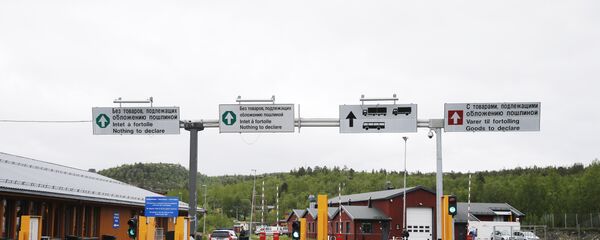Since last summer, over 400 kilograms of drugs and 150,000 liters of alcohol have been seized by Norwegian authorities with the help of surveillance cameras operating on a trial basis.
"Now we have a different perspective of what actually crosses our border. It has been really effective when it comes to stopping the large-scale movement of narcotics, alcohol and cigarettes," Morten Nystuen, the head of customs in the Norwegian town of Kongsvinger, told SVT.
Cameras are due to be set up along the entire Norwegian-Swedish border over the course of the next year. In total, around 130 million Norwegian kronor (roughly $16 million) will be invested in the equipment.
In the aftermath of the migrant crisis and the mounting terror threat, however, Norway has re-introduced border controls with neighboring countries, 60 years after the Nordic Passport Union was established. The Nordic Passport Union, established in 1955, allowed citizens of the Nordic countries to travel and reside in another Nordic country without any travel documentation (e.g. a passport or national identity card) or residence permit. In recent years, automatic number plate recognition was introduced, which is said to have increased the capture of smugglers.
Another costly Norwegian initiative is to build a 200-meter long, 3.5-meter-high steel fence at the Storskog border station near the Russian border in a bid to keep out refugees from the Middle East, despite the fact that the number of arrivals dropped to zero following decisive bilateral action. Furthermore, locals believe the fence, which has a price tag of 500,000 USD, to be a flashback to the Cold War era.
"The fence symbolizes a barrier and gives us a sense of the Cold War. We do not want any barriers against Russia, we want to cooperate. Let our governments take care of the high politics," Lena Bergeng, Labor Party Deputy Commissioner in the border municipality of Sør-Varanger told Swedish newspaper Aftonbladet.




